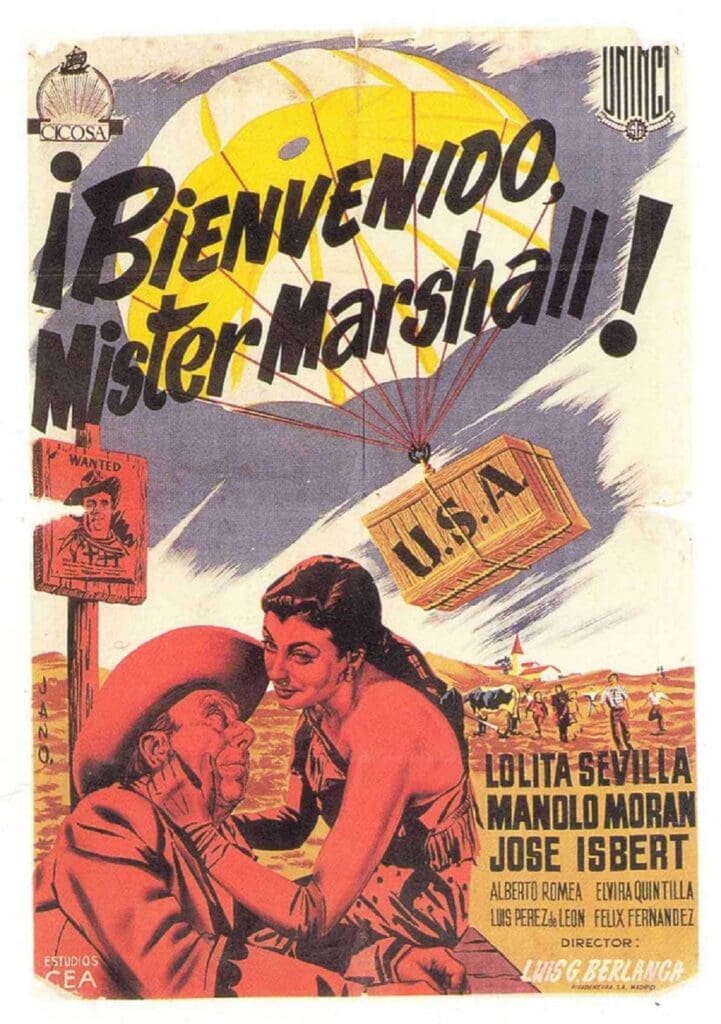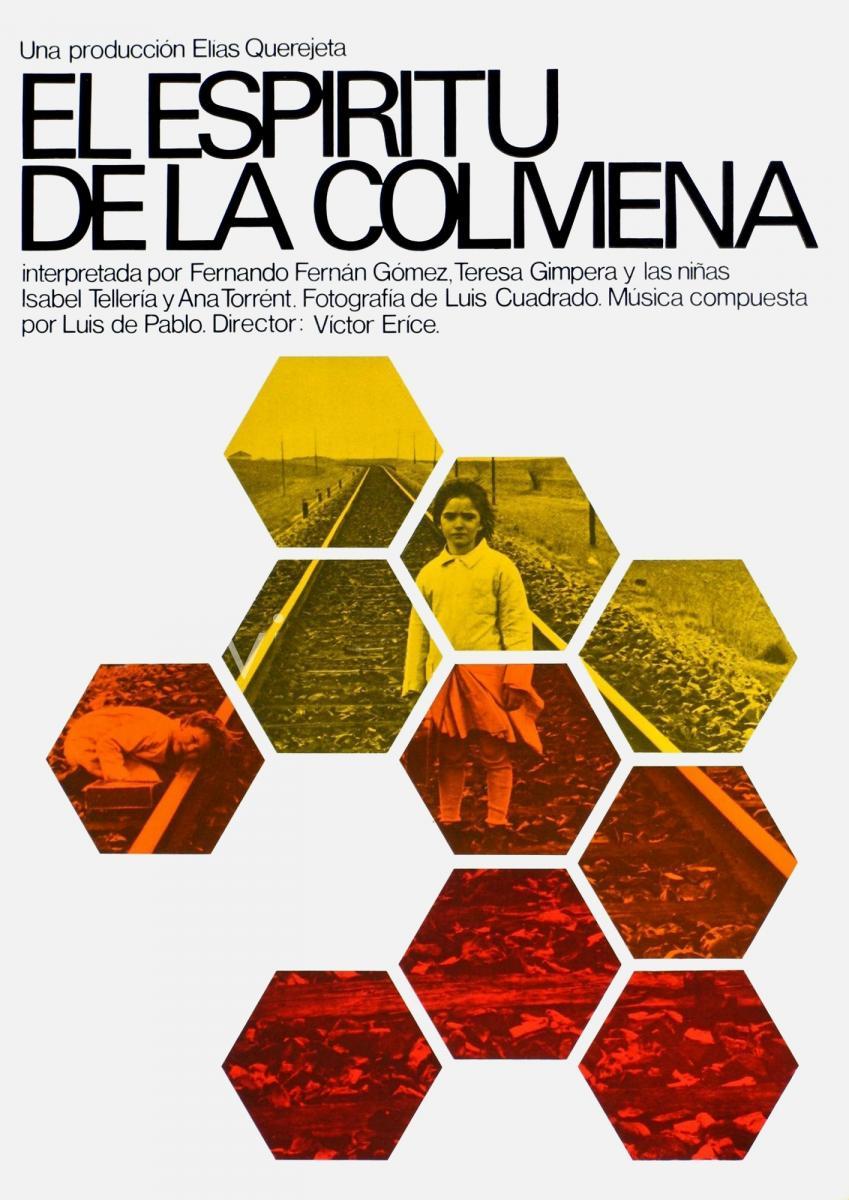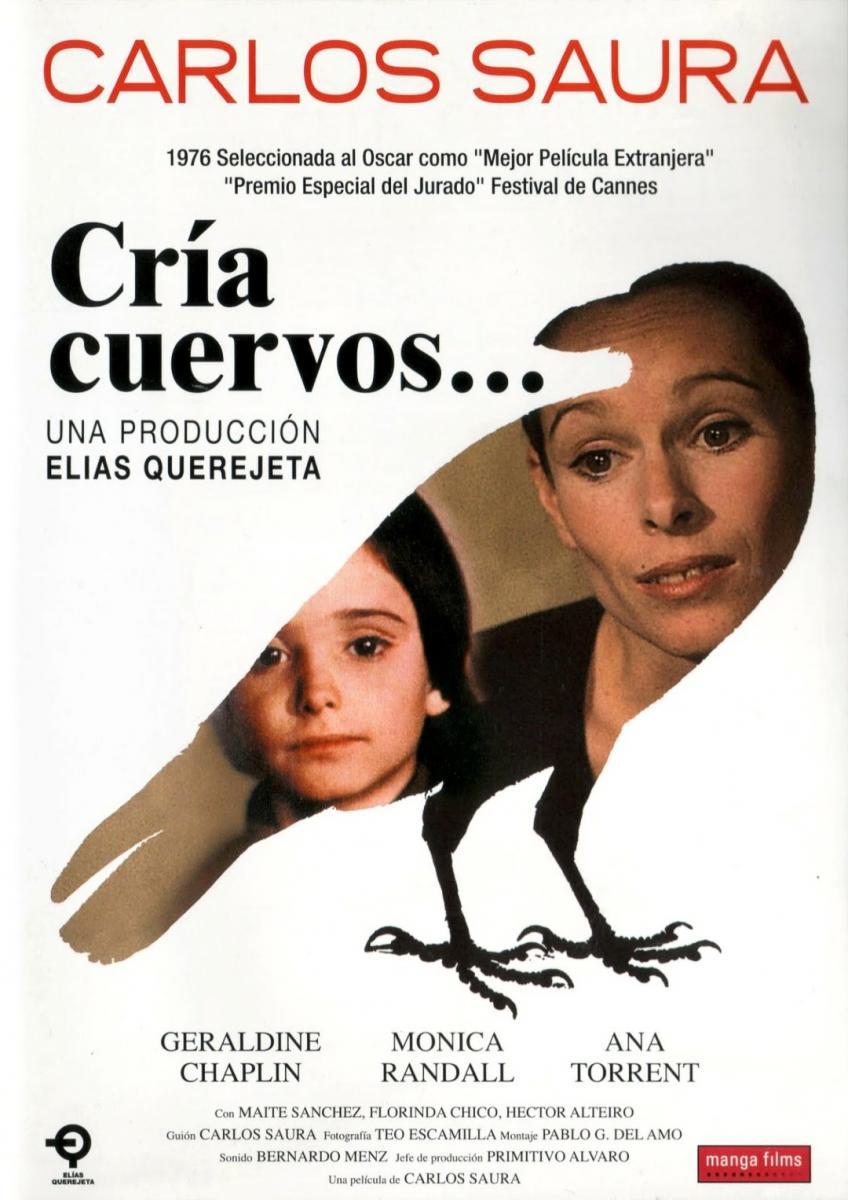Spanish cinema, with its rich history, diverse genres, and unique storytelling techniques, has made a significant impact on the global film industry. From the early days of silent films to the contemporary era of international co-productions, Spanish films have consistently pushed the boundaries of cinematic art, offering audiences a unique lens through which to view Spanish culture, history, and society.
The journey of Spanish cinema is one of resilience and creativity. Despite periods of political upheaval and strict censorship, Spanish filmmakers have consistently found ways to express their artistic vision and comment on the society around them. Their films have explored a wide range of themes, from the personal to the political, the historical to the fantastical, the comedic to the tragic.
In this article, we will delve into the world of Spanish cinema, exploring some of the most iconic and typical films that the country has produced. These films, selected for their cultural significance, artistic merit, and popularity, offer a glimpse into the heart and soul of Spain. They reflect the country’s diverse landscapes, its complex history, its vibrant cultures, and its passionate people.
Your Spanish Journey Starts Here: Buenos Aires, Malaga, or Anywhere You Are
Are you ready to embark on a language adventure that’s as exciting as it is educational? Whether you’re yearning for the vibrant city life of Buenos Aires, the sun-drenched charm of Malaga, or the convenience of online learning, we’ve got just the ticket!


Learn Spanish in Argentina
Dive into the heart of Argentina with our Spanish school in Buenos Aires. Experience the city’s pulsating energy, rich history, and captivating culture as you master the Spanish language. Buenos Aires is calling – will you answer?
www.vamospanish.com/spanish-school-buenos-aires/


Learn Spanish in Malaga
Imagine yourself soaking up the Andalusian sun as you learn Spanish in Malaga. Our school offers a unique blend of top-notch education and laid-back beach vibes. It’s not just a language course – it’s your passport to the Mediterranean lifestyle!
www.vamospanish.com/spanish-school-malaga/


Learn Spanish Online
Can’t travel right now? No problem! Our online Spanish classes bring the language, culture, and fun right to your living room. Engage with our experienced teachers and enjoy interactive lessons from wherever you are in the world.
www.vamospanish.com/online-spanish-classes/
From the Golden Age of Spanish cinema to the innovative New Spanish Cinema movement, and onto the contemporary era, each film on this list offers a unique cinematic experience. Whether you’re a seasoned cinephile or a casual movie-goer, these films provide a fascinating journey into the world of Spanish cinema.
Enhancing Spanish Language Learning through Watching Movies
Watching movies in Spanish is not just an entertaining way to pass the time; it’s also a highly effective method for improving your language skills. The immersive nature of film provides a context-rich environment that can enhance your understanding and usage of the Spanish language in several ways.
Firstly, it can significantly improve your listening comprehension. When you watch movies in Spanish, you’re exposed to the language as it’s naturally spoken by native speakers. This exposure helps familiarize you with the rhythm, intonation, and pronunciation of Spanish, making it easier for you to understand spoken Spanish in real-life situations. It also introduces you to a variety of accents and dialects from different Spanish-speaking regions, broadening your understanding of the language’s diversity.
Secondly, movies can help expand your Spanish vocabulary. Films are filled with a wide range of vocabulary, including colloquial expressions and slang that you might not encounter in a traditional language course. By hearing these words and phrases used in context, you can learn their meanings and how to use them correctly in your own conversations.
In addition to vocabulary, watching movies can also enhance your understanding of Spanish grammar. Seeing how different grammatical structures are used in context can help you grasp how to use these structures in your own speech. It can also clarify more complex aspects of Spanish grammar, such as the use of different verb tenses and moods.
Beyond the linguistic benefits, watching Spanish movies also offers valuable cultural insights. Films can provide a window into Spanish culture, helping you understand the cultural context in which the language is used. This cultural understanding can enrich your language learning experience and help you communicate more effectively in Spanish.
Lastly, one of the most significant benefits of learning Spanish through movies is the enjoyment factor. Learning a language can be challenging, but incorporating activities you enjoy, like watching movies, can make the process more engaging and enjoyable, helping to keep you motivated on your language learning journey.


The Golden Age of Spanish Cinema
The Golden Age of Spanish Cinema, often considered to be the period from the 1940s to the 1960s, was a time of significant growth and development in the Spanish film industry. This era saw the emergence of a number of influential directors and actors who would go on to leave an indelible mark on Spanish cinema.
The Franco regime, which was in power during this time, imposed strict censorship laws on the film industry. Despite these restrictions, or perhaps because of them, Spanish filmmakers found innovative ways to convey their messages and critique the society and politics of the time.
One of the most notable films from this era is “Bienvenido, Mister Marshall” (Welcome, Mr. Marshall) . Directed by Luis García Berlanga, this 1953 film is a satirical comedy that critiques the false image of Spain that was often portrayed to the outside world during the Franco regime. The film cleverly navigated the strict censorship laws of the time and is considered a classic of Spanish cinema.


Another significant film from this era is “El espíritu de la colmena” (The Spirit of the Beehive). Directed by Víctor Erice, this 1973 film is often considered one of the best Spanish films of all time. The film is a haunting and poetic exploration of a child’s perspective in the aftermath of the Spanish Civil War.


The New Spanish Cinema
The New Spanish Cinema, also known as “Nuevo Cine Español”, emerged in the late 1960s and early 1970s as a counterpoint to the traditionalist cinema of the Franco era. This movement was characterized by a desire to break free from the constraints of censorship and to explore new forms of cinematic expression.
One of the most iconic films from this period is “El espíritu de la colmena” (The Spirit of the Beehive), which was also mentioned in the previous section. Released in 1973, just two years before Franco’s death, the film is often seen as a metaphor for the stifling atmosphere of the Francoist period. Its director, Víctor Erice, used the story of a young girl in a small Castilian village to explore themes of isolation, repression, and the longing for freedom.
Another significant film from this era is “Cria Cuervos” (Raise Ravens), directed by Carlos Saura. Released in 1976, the film is a poignant critique of the Franco regime, told through the eyes of an eight-year-old girl. The film’s title comes from a Spanish proverb that translates as “Raise ravens and they’ll peck out your eyes”, symbolizing the idea that the actions of the past have consequences in the present.


The New Spanish Cinema was a period of intense creativity and experimentation. Filmmakers like Víctor Erice and Carlos Saura, among others, used cinema as a tool to question and challenge the status quo, paving the way for the vibrant and diverse Spanish cinema of today.
Contemporary Spanish Cinema
Contemporary Spanish Cinema is a vibrant and diverse field, reflecting the country’s evolving cultural, social, and political landscapes. This period, beginning in the late 20th century and continuing into the present day, has seen Spanish films gaining recognition and acclaim on the international stage.
One of the defining characteristics of contemporary Spanish cinema is its diversity. Filmmakers have explored a wide range of genres, from drama to comedy, horror to science fiction, documentary to animation. This diversity is not only a testament to the creative vitality of Spanish filmmakers but also reflects the complex and multifaceted nature of Spanish society itself.
Top 10 Spanish Movies
“Todo sobre mi madre” (All About My Mother) Spanish Movie
“Todo sobre mi madre” (All About My Mother) is a 1999 comedy-drama film written and directed by Pedro Almodóvar, one of Spain’s most celebrated contemporary filmmakers. The film stars Cecilia Roth and is a poignant exploration of themes such as motherhood, identity, and the fluidity of gender.
The story revolves around Manuela, a nurse who witnesses the tragic death of her teenage son and decides to find his father, a transgender woman named Lola. The journey takes Manuela from Madrid to Barcelona, where she encounters a host of colorful characters, including a pregnant nun and a flamboyant actress.
“Todo sobre mi madre” is a testament to Almodóvar’s unique storytelling style and bold visual aesthetic. The film’s exploration of complex characters and societal themes, coupled with its vibrant cinematography and compelling narrative, make it a standout piece in contemporary Spanish cinema.
“El laberinto del fauno” (Pan’s Labyrinth) Spanish Film
“El laberinto del fauno” (Pan’s Labyrinth) is a 2006 fantasy horror film written, directed, and co-produced by Guillermo del Toro. The film is set in post-Civil War Spain around 1944 and tells the story of Ofelia, a young girl who escapes into a mythical labyrinth to avoid her harsh reality.
The film masterfully blends elements of fantasy and historical drama to create a haunting and deeply moving narrative. The labyrinth serves as a metaphor for Ofelia’s journey, as she navigates the challenges and horrors of war and the oppressive regime of her stepfather.
“El laberinto del fauno” is a testament to del Toro’s ability to create visually stunning and emotionally resonant films. Its exploration of the horrors of war and the power of imagination has made it one of the most memorable films in contemporary Spanish cinema.
“Los lunes al sol” (Mondays in the Sun) Spanish Film
“Los lunes al sol” (Mondays in the Sun) is a 2002 drama film directed by Fernando León de Aranoa and starring Javier Bardem and Luis Tosar. The film provides a poignant and realistic depiction of the economic struggles faced by a group of shipyard workers in a declining northern Spanish city.
The narrative follows these men as they grapple with unemployment and the loss of their livelihoods after the local shipyard closes. The film’s portrayal of their daily lives, filled with frustration, despair, but also camaraderie and resilience, offers a powerful commentary on the human cost of economic downturns.
“Los lunes al sol” is a testament to the power of cinema to shed light on societal issues and human experiences. Its nuanced characters, compelling narrative, and authentic depiction of life in a working-class Spanish city make it a standout film in contemporary Spanish cinema.
“Volver” (Coming Back) Spanish Movie
“Volver” is a 2006 Spanish comedy-drama film written and directed by Pedro Almodóvar. The film features an ensemble cast that includes Penélope Cruz, who delivers a captivating performance.
The film is a ghost story of sorts, revolving around a mother who returns to her hometown after her death to resolve unfinished business. Almodóvar masterfully blends elements of comedy, drama, and the supernatural to create a film that is both entertaining and emotionally resonant.
“Volver” is a celebration of womanhood and a tribute to the resilience of women. Its vibrant characters, engaging narrative, and Almodóvar’s signature visual style make it a memorable entry in contemporary Spanish cinema.
“El secreto de sus ojos” (The Secret in Their Eyes) Spanish Film
“El secreto de sus ojos” (The Secret in Their Eyes) is a 2009 Argentine-Spanish crime drama film produced, edited, and directed by Juan José Campanella. The film is a gripping tale of unrequited love and unresolved crime that spans over two decades.
The narrative follows Benjamin Esposito, a retired legal counselor, as he writes a novel based on a closed murder case from 1974 that has haunted him for years. The film masterfully intertwines the personal and the professional, the past and the present, creating a complex and compelling narrative that keeps viewers on the edge of their seats.
“El secreto de sus ojos” is a testament to the power of storytelling and the enduring impact of unresolved emotions. Its intricate plot, compelling characters, and suspenseful narrative make it a standout film in contemporary Spanish cinema.
“Mar adentro” (The Sea Inside) Spanish Film
“Mar adentro” (The Sea Inside) is a 2004 Spanish drama film co-written and directed by Alejandro Amenábar. The film tells the true story of Ramón Sampedro, a fisherman who became a quadriplegic after a diving accident and fought for his right to end his own life.
The film explores themes of dignity, freedom, and the value of life, presenting a nuanced and empathetic portrayal of Sampedro’s struggle. Javier Bardem delivers a powerful performance in the lead role, capturing the resilience, humor, and humanity of Sampedro.
“Mar adentro” is a deeply moving film that challenges viewers to think about difficult and complex issues. Its compelling narrative, strong performances, and thoughtful exploration of ethical questions make it a memorable entry in contemporary Spanish cinema.
“Hable con ella” (Talk to Her) Spanish Film
“Hable con ella” (Talk to Her) is a 2002 Spanish drama film written and directed by Pedro Almodóvar. The film explores the unlikely friendship between two men, Benigno and Marco, who care for two women in deep comas.
The film is a profound exploration of loneliness, intimacy, and the boundaries of communication. Almodóvar masterfully weaves together the lives of these four characters, creating a narrative that is both emotionally resonant and thought-provoking.
“Hable con ella” is a testament to Almodóvar’s ability to create complex, multi-dimensional characters and to explore difficult themes with sensitivity and depth. Its unique narrative structure, compelling performances, and Almodóvar’s signature visual style make it a standout film in contemporary Spanish cinema.
“La piel que habito” (The Skin I Live In) Spanish Film
“La piel que habito” (The Skin I Live In) is a 2011 Spanish thriller and melodrama hybrid film written and directed by Pedro Almodóvar. The film tells the story of Dr. Robert Ledgard, an eminent plastic surgeon, who is haunted by past tragedies and becomes obsessed with creating a new type of skin that could have saved his deceased wife who was burned in a car crash.
The film is a gripping exploration of obsession, identity, and revenge. Almodóvar masterfully blends elements of horror and melodrama to create a film that is both unsettling and deeply moving.
“La piel que habito” is a testament to Almodóvar’s ability to push the boundaries of genre and to explore complex themes with depth and nuance. Its intricate plot, compelling characters, and Almodóvar’s signature visual style make it a memorable entry in contemporary Spanish cinema.
“Los otros” (The Others) Spanish Film
“Los otros” (The Others) is a 2001 Ingles/English-language Spanish gothic supernatural psychological horror film written, directed, and scored by Alejandro Amenábar. The film stars Nicole Kidman and is set in the late ’40s in a darkened old family estate in the Channel Islands.
The story revolves around a single mother caring for her two photosensitive children who become convinced that their home is haunted. The film is a masterful exploration of suspense and mystery, with a narrative that keeps viewers on the edge of their seats until the very end.
“Los otros” is a testament to Amenábar’s ability to create a gripping and atmospheric horror film that is both intellectually stimulating and emotionally resonant. Its exploration of themes such as faith, fear, and the unknown make it a standout film in contemporary Spanish cinema.
“Abre los ojos” (Open Your Eyes) Spanish Film
“Abre los ojos” (Open Your Eyes) is a 1997 Spanish film co-written, co-scored, and directed by Alejandro Amenábar. The film tells the story of a handsome man who finds the love of his life, but after suffering an accident, he needs to have his face completely rebuilt by surgery.
The film is a profound exploration of reality, identity, and the subjective nature of perception. Amenábar masterfully weaves together elements of science fiction and psychological drama to create a film that is both thought-provoking and emotionally resonant.
“Abre los ojos” is a testament to Amenábar’s ability to push the boundaries of genre and to explore complex themes with depth and nuance. Its intricate plot, compelling characters, and Amenábar’s signature visual style make it a memorable entry in contemporary Spanish cinema.
Film Festivals in Spain: A Rich Cinematic Tradition
Spain’s rich cinematic tradition is celebrated and promoted through its numerous film festivals. These events, held throughout the year across the country, provide a platform for both established and emerging filmmakers to showcase their work, and for audiences to discover new and innovative films.
The San Sebastián International Film Festival, one of the most prestigious film festivals in Spain, has been a significant event in the international film calendar since its inception in 1953. This festival is considered on par with the most important in the world: Cannes, Berlin, and Venice. It features a diverse selection of films from around the world and attracts some of the biggest names in the film industry. The festival also hosts the Donostia Award, a lifetime achievement award given to great film personalities in recognition of their work and career.
It features a diverse selection of films from around the world and attracts some of the biggest names in the film industry. The festival also hosts the Donostia Award, a lifetime achievement award given to great film personalities in recognition of their work and career.


The Huelva Ibero-American Film Festival, another notable event, focuses on films from Latin America. This festival aims to strengthen the cultural ties between Spain and Latin America through cinema, showcasing films that reflect the richness and diversity of Latin American culture.


Film Festivals in Malaga: Celebrating Cinema in the Heart of Andalusia
The Malaga Film Festival, formerly known as the Malaga Spanish Film Festival, is an annual event that has been promoting Spanish films since 1998. The festival has grown to become a significant event in the Spanish film industry, attracting filmmakers and film lovers from across the country and beyond. The festival features a diverse selection of films, including both feature-length and short films, across various genres. It also hosts the Biznaga de Oro awards, which recognize excellence in various aspects of filmmaking.
Fan Cine Málaga, also known as the Fantastic Film Festival of the University of Malaga, is another significant film event in the city. This festival, unique in its focus on the fantastic genre, showcases films that push the boundaries of reality and imagination. In addition to the main festival in November, Fan Cine Málaga also offers summer screenings at Muelle Uno, providing a unique opportunity for film lovers to enjoy iconic movies under the stars, against the beautiful backdrop of Malaga’s port.
More info here: https://www.instagram.com/fancinemalaga/


Spanish cinema, with its rich history and diverse array of films, offers a unique window into the country’s culture, history, and societal changes. From the Golden Age of Spanish cinema to the New Spanish Cinema movement and the vibrant contemporary scene, Spanish films have consistently pushed the boundaries of cinematic art, offering audiences a unique lens through which to view Spanish society.
The films discussed in this article – “Bienvenido, Mister Marshall”, “El espíritu de la colmena”, “Cria Cuervos”, “Todo sobre mi madre”, “El laberinto del fauno”, “Los lunes al sol”, “Volver”, “El secreto de sus ojos”, “Mar adentro”, “Hable con ella”, “La piel que habito”, “Los otros”, and “Abre los ojos” – represent some of the best that Spanish cinema has to offer. They span a wide range of genres and themes, reflecting the diversity and creativity of Spanish filmmakers.
Whether you’re a seasoned cinephile or a casual movie-goer, these films provide a fascinating journey into the world of Spanish cinema. They challenge, provoke, inspire, and entertain, offering viewers a rich and rewarding cinematic experience.
Bonus tip… Toronto Film festival check it out!




